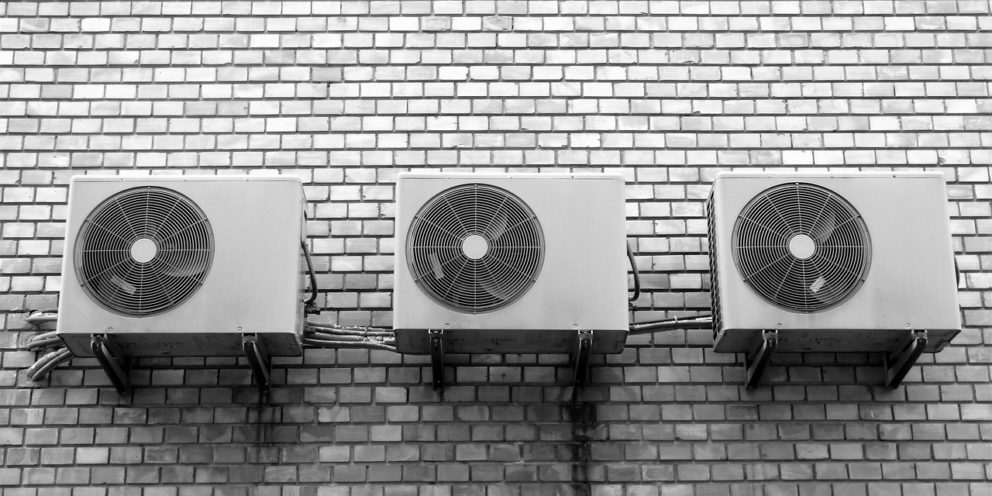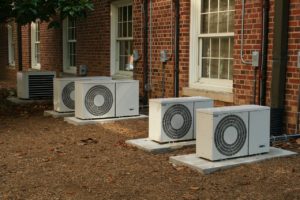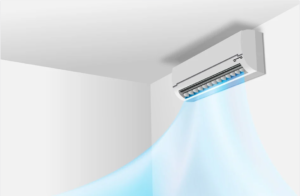Moving into a new home is an exciting adventure filled with endless possibilities. From imagining how to decorate each room to dreaming about cozy family gatherings, it’s easy to get swept up in the excitement. However, before you dive headfirst into unpacking and setting up your space, there are some important tasks that you shouldn’t overlook. These essential maintenance steps will not only help keep your new home secure but also ensure that it’s safe and comfortable for you and your loved ones. Let’s explore these must-do home maintenance tasks right after you move in!
Moving in Hackney? Let the experts handle it! Check out man van in Hackney for a seamless, stress-free relocation experience.
Change the Locks and Security Codes
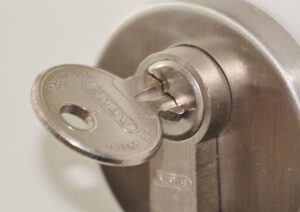 One of the first things you should do after moving in is change the locks. You never know how many copies of keys exist or who might have access to your home. Taking this step ensures your peace of mind. Consider upgrading to smart locks, which allow keyless entry and can be managed from your smartphone. This modern solution adds an extra layer of security while offering convenience. If your new place has a garage, don’t forget about that door too. Resetting the garage code will keep unwanted visitors out.
One of the first things you should do after moving in is change the locks. You never know how many copies of keys exist or who might have access to your home. Taking this step ensures your peace of mind. Consider upgrading to smart locks, which allow keyless entry and can be managed from your smartphone. This modern solution adds an extra layer of security while offering convenience. If your new place has a garage, don’t forget about that door too. Resetting the garage code will keep unwanted visitors out.
While you’re at it, check any alarm systems in place. Updating codes and reviewing user manuals helps you feel more secure as you settle into your space. These simple actions significantly protect what matters most—your family and belongings—allowing you to enjoy every moment in your new home.
Inspect and Test Safety Equipment
Once you’ve settled into your new home, take a moment to inspect and test all safety equipment. This includes smoke detectors, carbon monoxide alarms, and fire extinguishers. Start with the smoke detectors. Press the test button to ensure they emit a loud beep. If they don’t work or are older than ten years, replace them immediately. Next up is the carbon monoxide alarm. Your family’s safety depends on it functioning properly. Test it as well and make sure its batteries are fresh. Don’t forget about fire extinguishers, either! Check their pressure gauge; for optimal performance, it should be in the green zone. Regularly testing this equipment ensures that it’s working and gives you peace of mind knowing your home is safe from potential hazards. Consider keeping a checklist to remind yourself when to re-test these devices in the future.
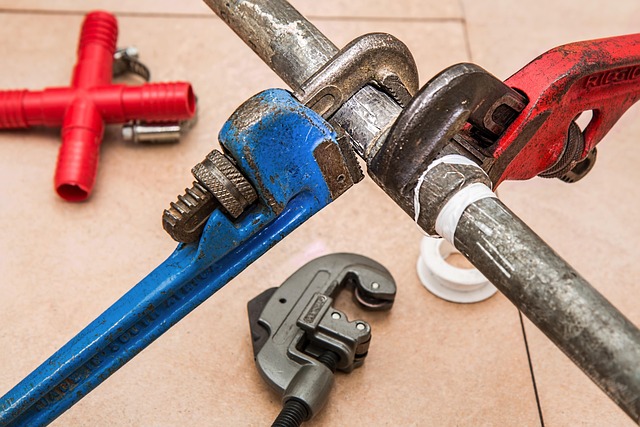
Check for Leaks and Plumbing Issues
After moving in, checking for leaks and plumbing issues is essential. You don’t want surprises later. Start by inspecting all visible pipes under sinks and near appliances. Look for any signs of moisture or corrosion. Even a tiny drip can lead to bigger problems later. Next, run taps and flush toilets throughout the house. Listen closely for unusual sounds like gurgling or hissing, which might indicate underlying issues. Don’t forget about water pressure; it should feel steady when you turn on faucets. If it fluctuates significantly, that could signal a blockage somewhere in your system. Check your water heater too. Make sure there are no leaks around its base and that it’s functioning efficiently. Paying attention to these details can save you from costly repairs later on. A little diligence now goes a long way toward ensuring your new home is comfortable and secure.
Locate and Label Essential Shut-Offs
Finding and labeling essential shut-off valves in your home is crucial for emergencies. Familiarize yourself with the locations of water, gas, and electrical shut-offs. Knowing where to go can save you time and prevent costly damage. Start by checking under sinks for water shut-offs. These are usually located close to the wall or floor near appliances like dishwashers or washing machines. Next, locate the main gas valve if your home uses natural gas. It’s typically found outside near the meter. Don’t forget about electrical panels too. Ensure you know how to turn off circuits in an overload or emergency situation. Take a moment to label each shut-off clearly on a nearby wall or inside a cabinet door. This simple step will make it easier for everyone in your household to find them when needed.
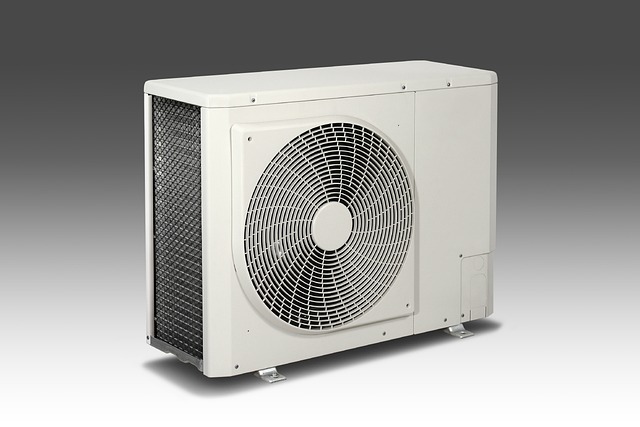
Service HVAC Systems
After moving in, the HVAC system often takes a backseat to unpacking and decorating. However, it deserves your attention right away. Start by checking the air filters. These should be clean for optimal airflow and energy efficiency. If they’re dirty, replace them immediately. This simple step can drastically improve indoor air quality. Next, consider scheduling a professional inspection. An expert will evaluate the entire system for hidden issues that could lead to costly repairs later. Remember about thermostat settings, too. Ensure it’s functioning properly and set at comfortable levels for different seasons. Regular maintenance can extend the life of your HVAC unit while keeping energy bills in check. A little effort now pays off with consistent comfort year-round.
Conclusion
Moving into a new home is an exciting experience, but it also comes with its share of responsibilities. Taking care of essential maintenance tasks right away can save you time, money, and stress in the long run. By immediately changing locks and security codes, you ensure your safety and peace of mind. Inspecting safety equipment like smoke detectors and carbon monoxide alarms guarantees that your family stays protected from potential hazards. Checking for plumbing issues early on helps prevent costly repairs down the line while servicing HVAC systems keeps your environment comfortable year-round. Locating and labeling shut-offs gives you quick access to critical systems in case of emergencies. Completing these must-do tasks will set a solid foundation for enjoying your new space fully. Embrace this opportunity to make sure everything is safe, functional, and ready for years of happy memories ahead!…


